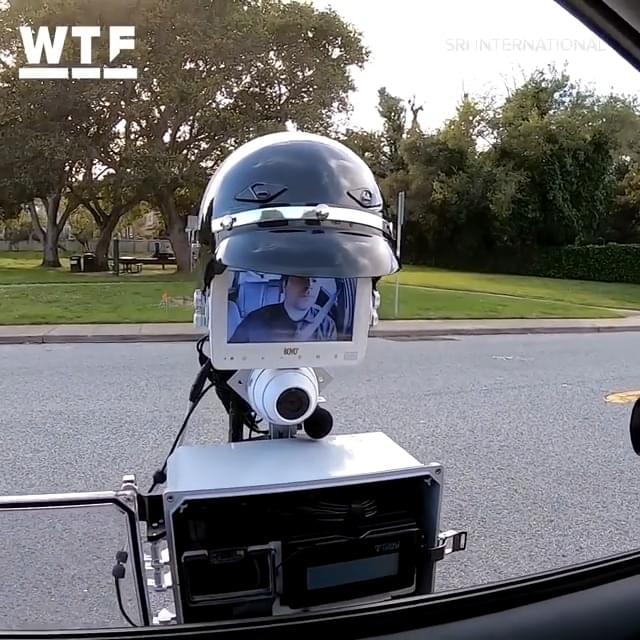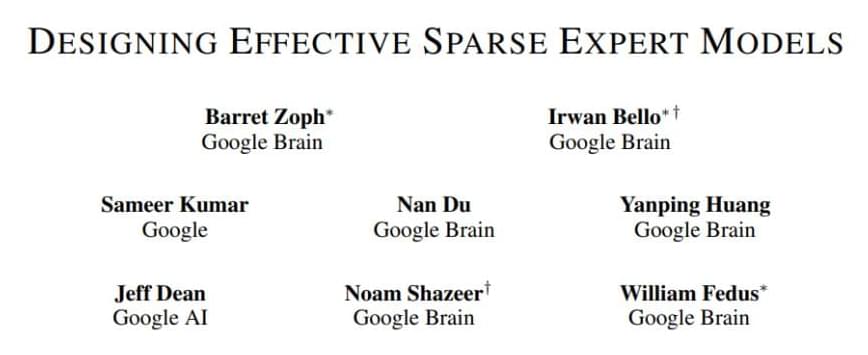Time only moves forward—or does it?
Physicists refer to this idea as the “arrow of time,” and the idea of unidirectional time seems to hold true for life and objects on a human scale. But on a quantum scale, things seem to work differently, even strangely.
For physicists, the arrow of time is dictated by the second law of thermodynamics, which says that disorder (or entropy) increases over time. The transfer of heat is a perfect example of this. On a chilly day, you’d expect your coffee to get colder if the air around it is cooler. Heat scatters in the presence of lower temperatures; it doesn’t concentrate.









